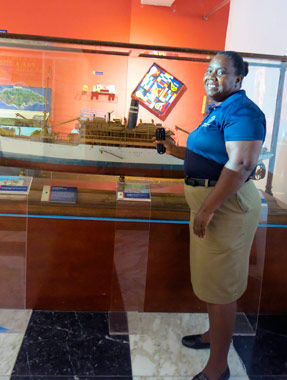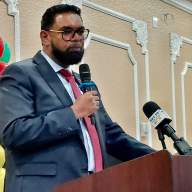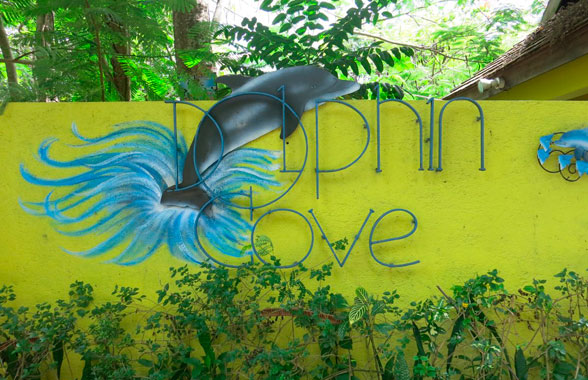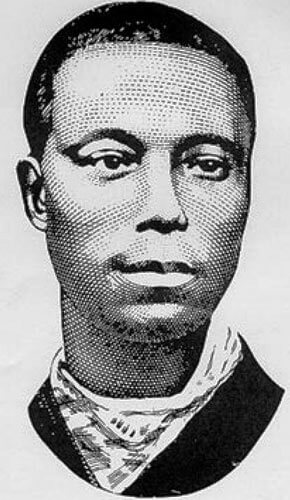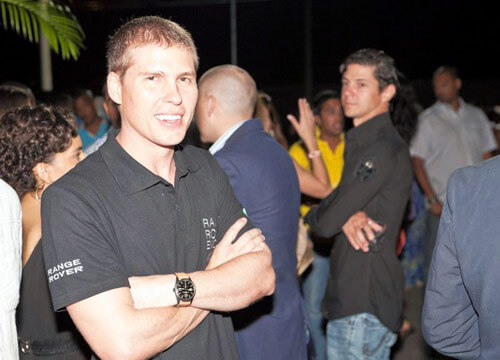The former Montego Bay court house has received a major renovation and is now the Montego Bay Cultural Center. The cultural center is located in Sam Sharpe Square, downtown Montego Bay where one of Jamaica’s national heroes Sam Sharpe was hung for his role as an instigator of the 1831 slave rebellion. A place of darkness is now a source of light and hope, the multifaceted facility houses various exhibitions along with conference and performing art spaces.
The National Gallery West (which falls under the National Gallery of Jamaica) is located inside in the center. Their latest exhibit “Xaymaca: Nature and the Landscape in Jamaican Art” named after the Taino’s name for the island meaning “land of wood and water.” The exhibit celebrates the beauty of Jamaica’s landscape along with the history it carries through the brush strokes of national and visiting artist. This exhibit is a departure from the stereotypical art forms such as man in the countryside, leather goods, and other crafts.
Monique Gilpin, assistant curator of National Gallery West said, “I hope to expose more people to the arts and educate them on the importance of art and history especially for our culture. I encourage patrons to come in and learn even if it is not a long-term interest now, that can be an industry from which people actually make money.”
National Museum West’s (which is a part of the National Museum of Jamaica) latest exhibit “Rastafari” details the history of the movement from its inception in 1930 to the present where Rastafarians are calling for a public apology and reparations.
After finding out about the Smithsonian’s exhibit on the same theme, Dr. Alicia Palmer, curator of National Museum West decided that this was the perfect opportunity to take control of the conversation. In 2013, National Museum Jamaica did a smaller exhibition on Rastafari and it was then brought to Montego Bay, the National Museum West’s is an extended version of the exhibit focusing on Western Jamaica. “When we found out that America was doing something about our culture, we wanted to do something and claim back that culture for Rastafari,” said Dr. Palmer. “The idea was to expose people to Rastafari culture. A lot of people aren’t really aware of the experiences of Rastafari.”
Rastafarianism is synonymous with Jamaica but few know what atrocities they faced. As a part of the exhibit, the film “Bad Friday” is featured which focuses on a community of Rastafarians in western Jamaica who annually commemorate the 1963 Coral Gardens “incident,” a moment just after independence when the Jamaican government rounded up, jailed and tortured hundreds of Rastafarians.




